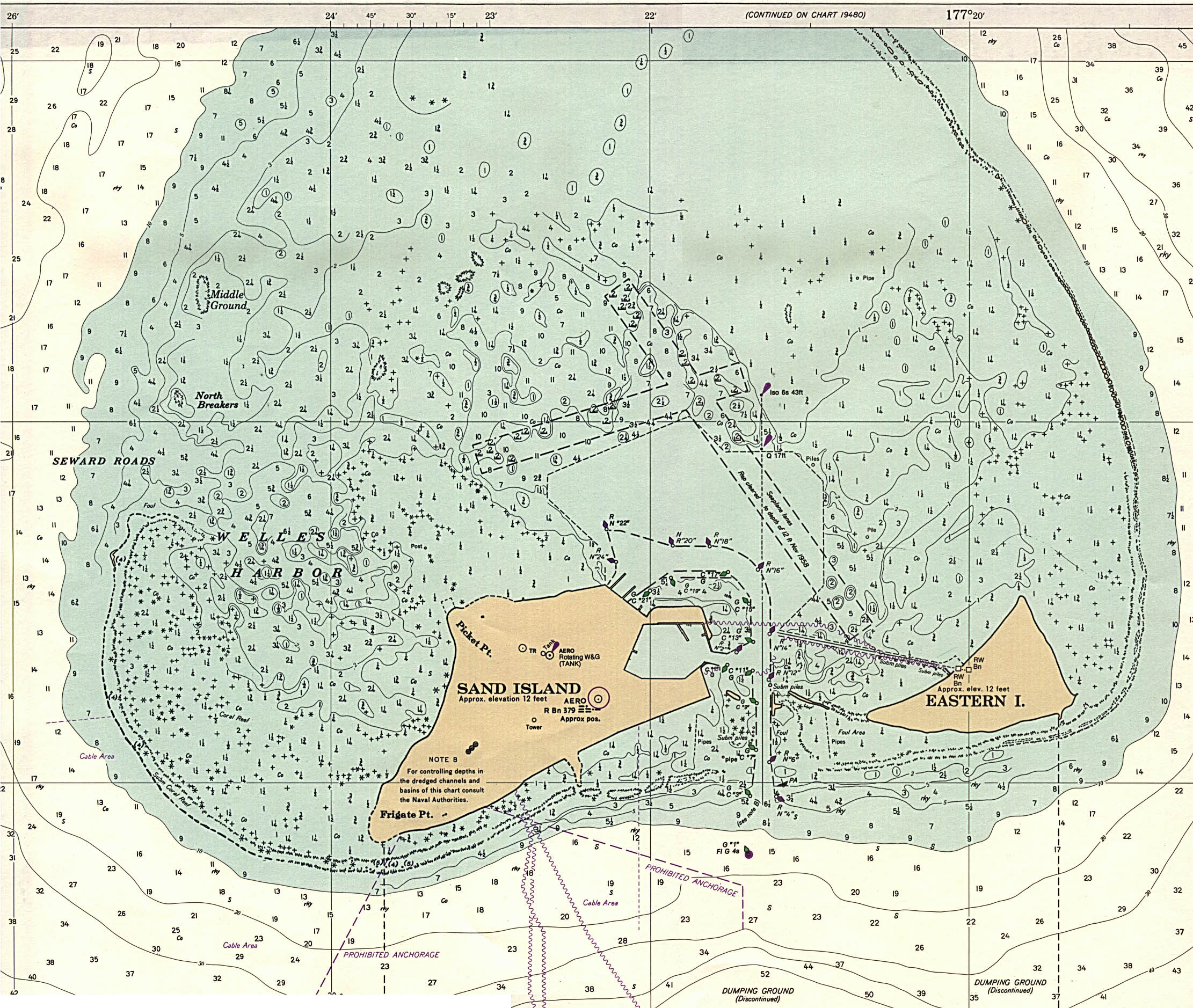
The FWS claim they cannot accept visitors to the island, due to recent reductions in refuge staff and operational capacity. There is a Legal Mandate for The Door to remain open for Public Visitation – ‘The Door’ remains closed with no plan to reopen. By design, Midway was intended to be ‘The Door to the Monument’. This entire area is off-limits to visitors, with exception of Midway. It is larger than all of American’s National Parks, combined and larger than the total land area of the entire State of Alaska. The Papahānaumokuākea Marine National Monument is 582,578 square miles in size, larger than any other land or ocean conservation area on earth. The land area of Midway is only 2.4 square miles, or 6.2 square kilometers, which is so small that the speck representing it cannot be seen by the naked eye.Midway Island is intended to be ‘The Door’ to the Papahānaumokuākea Marine National Monument. By comparison, the Hawaiian Islands are much smaller, having a land area of 10,970 square miles, or 28,412 square kilometers. The largest circle by far represents Japan, whose land area is 145,898 square miles, or 377,874 square kilometers. On the other side of the channel lies Eastern Island, which had three runways and a power plant.įinally, the infographic provides a diagram showing the relative sizes of Midway, the Hawaiian Islands, and Japan, which are represented by three solid circles. During World War II this island had several roads and buildings, including a seaplane hangar. The larger one, Sand Island, lies to the west of Brooks Channel, a narrow inlet leading into the lagoon. The third map zooms in on those two islands. These lie at the southern edge of the atoll’s lagoon, which is surrounded by a nearly continuous circle of reefs. Midway lies 1,100 miles, or 1,770 kilometers, west of the Hawaiian Islands and 2,485 miles, or 4,000 kilometers, east of Japan.Īnother map focuses on Midway Atoll, showing it to include two main islands, Sand and Eastern. One map shows the relative positions of Midway Atoll, the Hawaiian Islands, and Japan in the Pacific Ocean. Together with the Battle of Guadalcanal, the Battle of Midway ended the threat of further Japanese invasion in the Pacific. In addition, it presents a diagram showing the relative sizes of Midway, the Hawaiian Islands, and Japan.Īs noted at the top of the infographic, this naval battle was fought almost entirely with aircraft, and, during the fight, the United States destroyed Japan’s first-line carrier strength and killed most of its best-trained naval pilots. This infographic provides three maps showing key places related to the battle and their positions relative to one another. The Battle of Midway took place June 3–6, 1942, in the Pacific Ocean during World War II between the United States and Japan.

#MIDWAY ATOLL MAP HOW TO#



 0 kommentar(er)
0 kommentar(er)
